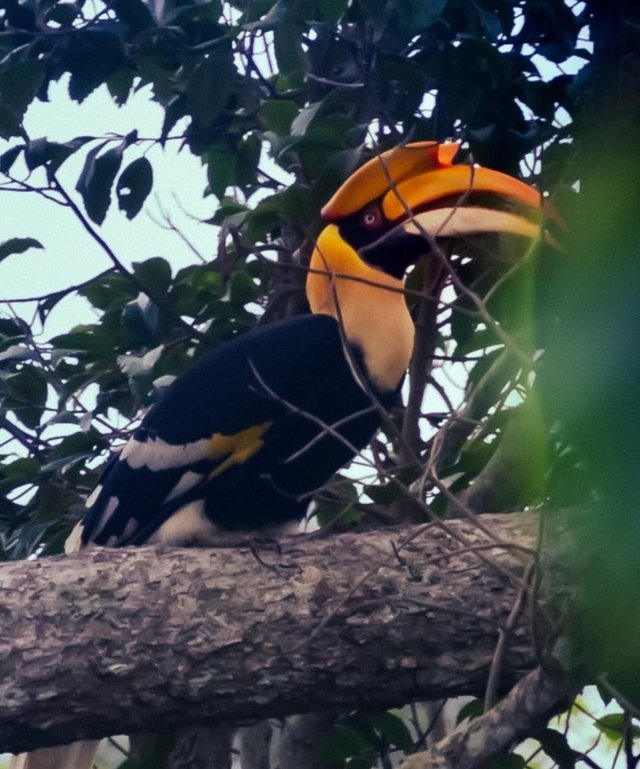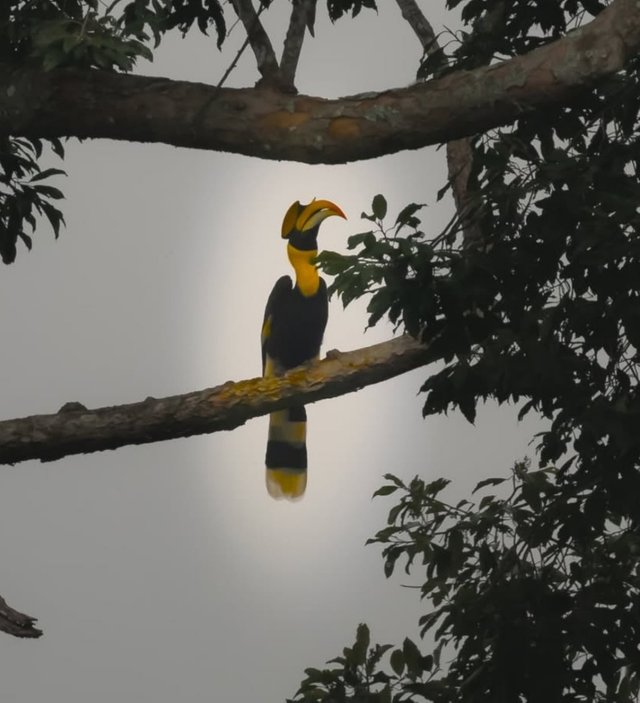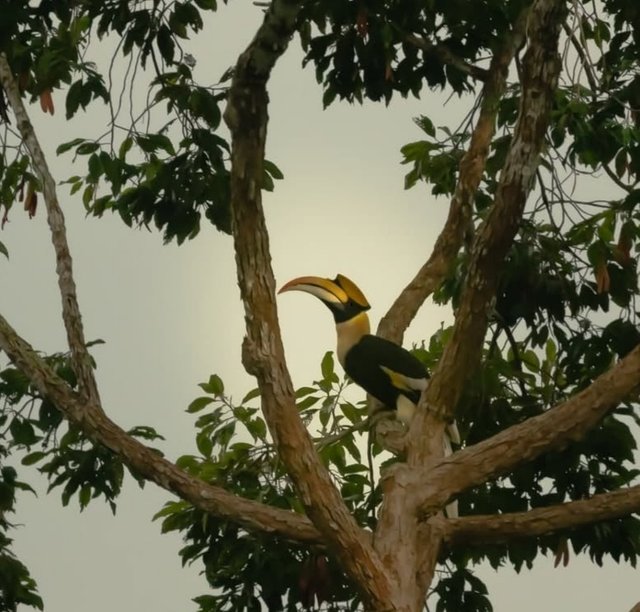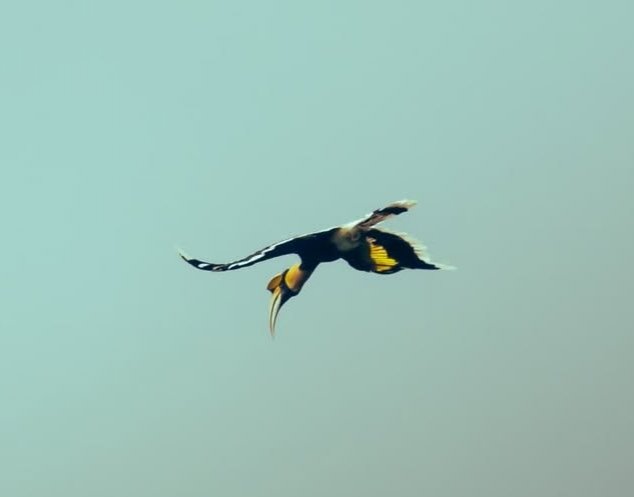Gorgeous Colour Great Hornbill Bird
The Great Hornbill, also known as the Great Indian Hornbill or Great Pied Hornbill, is one of the most iconic and majestic bird species found in the tropical and subtropical forests of Southeast Asia and the Indian subcontinent. Renowned for its striking appearance, enormous bill, and fascinating courtship and nesting behaviors, the Great Hornbill holds a revered place in both ecological systems and cultural traditions across its range.
Physical Characteristics
The Great Hornbill is among the largest members of the hornbill family, measuring between 95 to 130 centimeters in length, with a wingspan of up to 1.5 meters. Males typically weigh around 2.5 to 4 kilograms, with females being slightly smaller.
The most prominent feature of the Great Hornbill is its enormous yellow and black casque—a hollow structure on top of its large, curved bill. Though the casque may appear solid, it is actually lightweight and functions primarily in sexual selection and sound amplification. The bill and casque are often bright yellow, colored by the secretion of preen oil, which the bird spreads during grooming.
Its plumage is predominantly black and white, with white neck and wing markings, and a bright yellow tail with a black band. Males are distinguishable by their larger casques and red eyes, while females have blue-white eyes and smaller casques.
Habitat and Range
The Great Hornbill is native to the forests of India, Bhutan, Nepal, mainland Southeast Asia, and the Malay Peninsula, and extends as far as parts of Indonesia. It prefers evergreen and moist deciduous forests, particularly in hilly and mountainous regions.
These birds require large, old-growth trees for nesting, making them highly dependent on intact forest ecosystems. Unfortunately, this dependence also renders them vulnerable to habitat degradation and deforestation.




%20(9).jpeg)